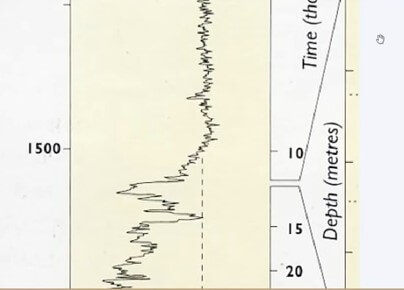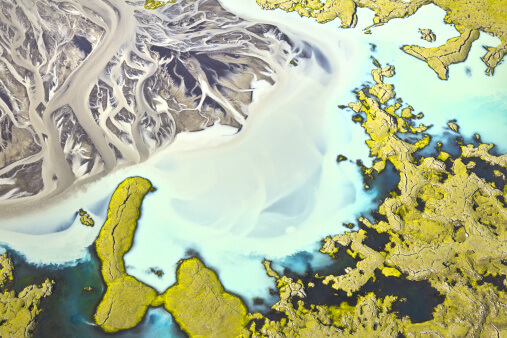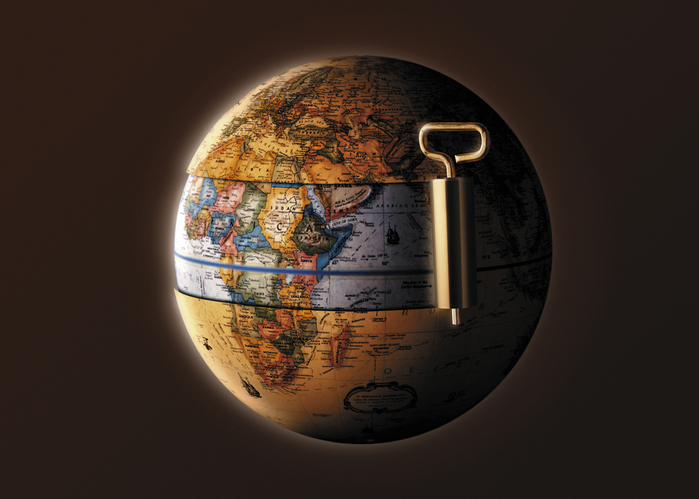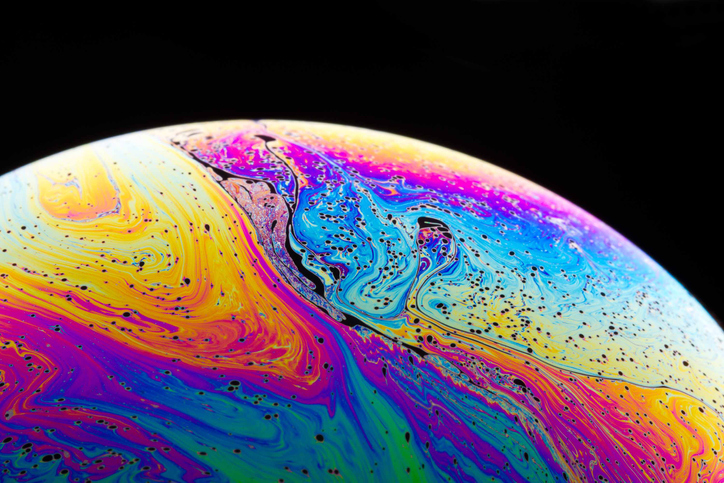Global warming & climate change are a global scientific and geopolitical issue. While the focus remains on modern shifts in the mercury, our planet has undergone many cycles of cooling and warming periods. Prehistoric earth has experienced far more significant changes in temperature.
The end of the last ice age or Pliocene era occurred during the transition into the present Holocene era. Research revealing into this period, known as the Younger Dryas, allows context of modern global warming.
Can we gauge a better understanding of evidence of global warming through prehistoric climate change?
Earth’s prehistoric climate & the end of the Pliocene Era
At the height of the last ice age, there were an estimated 10 million cubic miles of ice covering the planet. During this glacial period, global sea levels were an estimated 400 feet lower than they are today.
In modern terms, the landmass we know as Canada was buried under ice as dense as two miles thick. So what happened to the ice? Research into prehistoric climate change is shedding light on the mystery of what happened to the earth to move it out of the last ice age.

Prehistoric Earth During the Glacial Period of the Pliocene.
The Greenland ice cores & global warming temperatures
In the 1990’s, scientists began the immense task of drilling into the summit of the Greenland ice sheet. The meticulous extraction of pure ice cores were used to measure the history of earth’s climate change. The samples were extracted two miles deep, far away from ice flow that distorted previous data.
These pure ice core readings revealed a remarkable image of prehistoric climate change. Of interest, was the temperature change as from the last ice age, known as the Younger Dryas period.
When data from 11, 600 years ago was compared to present day readings it revealed regular patterns of temperature oscillation. The natural variation is an increase and decrease of 2-4 degrees Celsius every few decades.
One big feature the study revealed was that in the past 250,000 years, the last 11,600 have been the longest prolonged period of relatively stable climate.

Evidence of climate change over the past 10,000 years.
As the graph oscillates backward and forwards, we can see a pattern of cooling and warming through time. As the line moves to the right, temperatures are warming, and as it moves left, temperatures are cooling.
These fluctuations represent changes of a few degrees Celsius and which are part of earth’s natural cycle. As the line approaches the bottom of the graph, there is a slight cooling trend. The following graph then reveals the period is abruptly interrupted by the end of the Younger Dryas period.
The Younger Dryas Climate Change
Now we arrive at the prehistoric period known as the Younger Dryas. Scientists are debating what caused the onset of this event. However, there’s no argument that the magnitude is vastly unprecedented.

The Prehistoric Younger Dryas Climate Change Period.
The data provides an insight into the climate of earth during prehistory. There are two main trends during this 1200-year period.
The first are the two warming periods that mark the start and end of the Younger Dryas period (the blue line on the graph) – remember: left is cooler and right is warmer).
A swift exit from the prehistoric ice age
It is now estimated that the time taken for the climate to change from full glacial (during the YD) to interglacial (after the YD) as roughly five years. There is no comparison in modern times for the amount of climate change in such a tiny time span.
Here’s what happened.
Step 1: The Big Warming Spike
At the beginning of the Younger Dryas period, there was a temperature rise of roughly 15 degrees Celsius 18 months. Although the cause is still unknown, the time frame has prompted some scientists to postulate the catastrophic cause for the start of the Younger Dryas.
To put this change into context, the earth was already in one of its natural cycles of warming. However, the sharp spike is well outside the normal range of natural cycles and makes the Younger Dryas period so unique.
If we were to see this replicated today, it would have disastrous effects on human life. Areas of habitable land would become desert, and melting of the arctic ice caps would cause global sea level rises that would devour most coast lying cities or islands. The consequences would be orders of magnitude more extreme than anything experienced in recent human history.
Step 2: Back to the deep-freeze
After the dramatic temperature rise, the earth plummeted back into full glacial conditions. The snap ice-age lasted for 1200 years. Just like the first warming, the cause of the sudden shift back to full glacial conditions is still debated by scientists.
The climatic seesawing of global temperatures is one of the most mysterious periods of earth’s prehistory. As the planet fell back into full glacial conditions, temperatures dropped as low as they had been during the peak of the last ice age 21,000 years ago.
Step 3: The second warming
It took 1200 years for the deep freeze to lift. Once it lifted, temperatures shot back up in a relatively short span of time. Here marks the end of the Younger Dryas and a return to the stable, global climate conditions that we are now familiar with.
Conclusion:
Although the cause of these temperature changes are still unknown, there is a lot of published data on just how drastic these shifts were across the planet.
These included vast megafauna extinctions, human population decline, melting of the North American ice sheet, well as intense sea level rises, extreme floods and disaster conditions, as all of which occurred during the Younger Dryas period.
The prehistoric shift into our current era was prompted by disaster like context. It may shed light as to potential consequences of climate change.
Now it’s up to you.
What caused the ice age like conditions and swift global warming of the Younger Dryas period?
Leave your thoughts in the comment section below.
Further Reading:
- https://www.ncbi.nlm.nih.gov/pmc/articles/PMC34297/
- https://www.jstor.org/stable/54456?read-now=1&seq=5#page_scan_tab_contents
- https://www.sciencedirect.com/science/article/pii/S0277379199000621




























